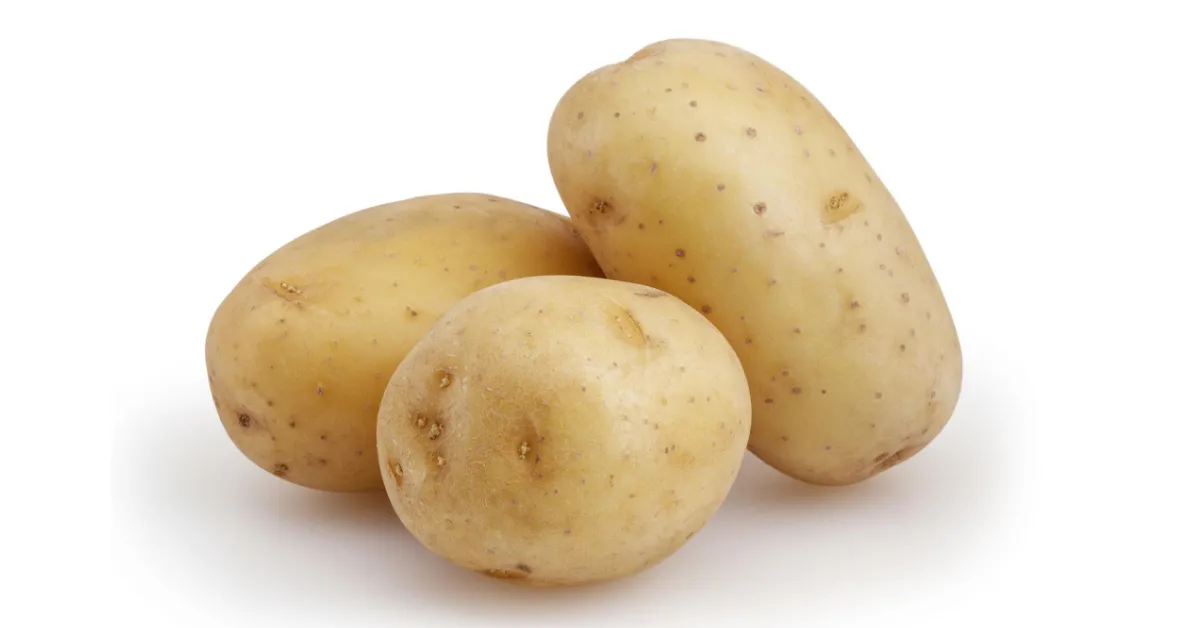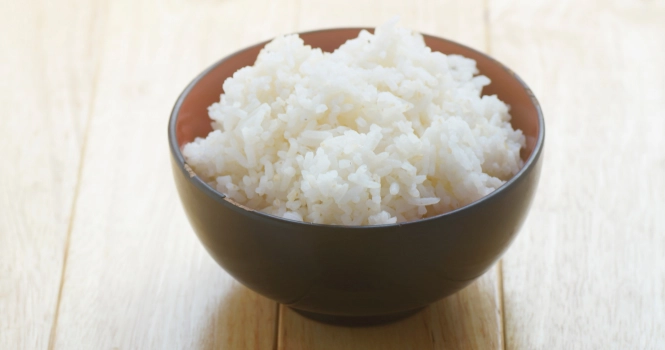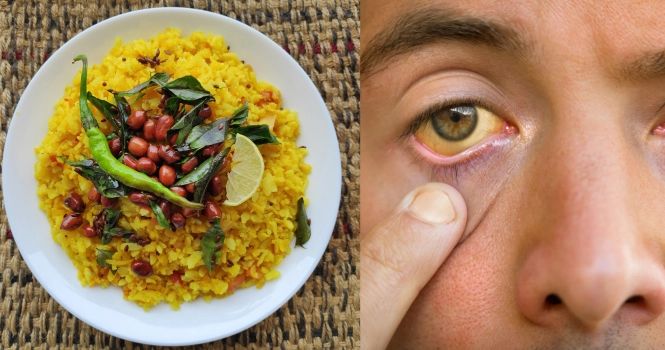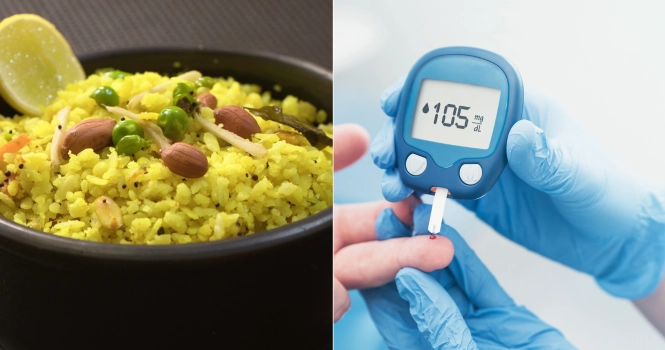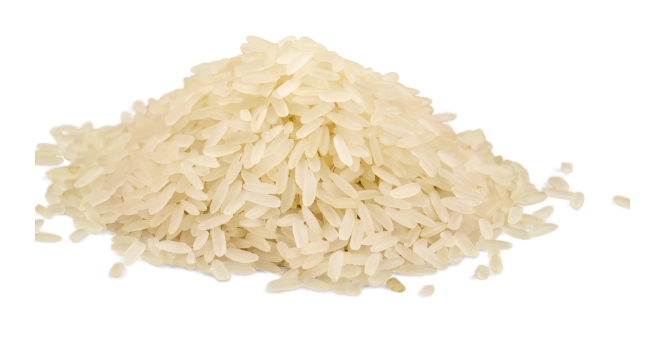Dosa rice is a special type of rice specifically used for making dosas, a popular South Indian crepe-like dish known for its crispy edges and soft center.
What is Dosa Rice?
Dosa rice is a specific variety of rice that is particularly suited for making dosas, a type of thin, crispy pancake that is a staple in South Indian cuisine. This variety is distinct from the idli rice used for making idlis, another popular South Indian dish.
A closer look at what sets dosa rice apart and why it’s preferred for dosa preparation:
Characteristics of Dosa Rice
- Grain Type: Dosa rice typically consists of medium to short grains that are not as round or plump as idli rice. These grains have a slightly flatter and more elongated appearance, contributing to a batter that spreads easily on a griddle to create thin, crispy dosas.
- Texture: When cooked, dosa rice tends to produce a batter that is smooth and slightly thinner compared to idli batter, which is key for achieving the characteristic thinness and crispiness of dosas. The texture of the rice contributes to the batter’s ability to spread evenly and cook into a thin layer.
- Starch Content: Dosa rice has a high starch content, particularly amylopectin, which helps in creating a batter that ferments well and results in dosas with a slight sour flavor and crisp edges.
Culinary Uses
Dosa rice is primarily used to make the batter for dosas. The process involves soaking the rice along with urad dal (black lentils) and sometimes a small amount of fenugreek seeds, which are then ground to a smooth paste.
This paste is left to ferment, which is a crucial step in developing the flavor and texture of the dosas.
Why Dosa Rice?
- Spreadability: The consistency of batter made from dosa rice is ideal for spreading thinly over a hot griddle, which is essential for making dosas.
- Fermentation: The properties of dosa rice support the fermentation process, leading to a batter that has the right balance of sourness and lightness, contributing to the dosa’s flavor and crispiness.
- Versatility: While specifically used for dosas, the batter made from dosa rice can also be used to make other dishes like uttapams, which are thicker pancakes topped with vegetables.
How to prepare dosa batter for making dosa?
Preparing dosa batter is a fundamental step in making dosas, a popular South Indian crepe-like dish known for its crispy edges and savory flavor. The process involves soaking, grinding, and fermenting rice and lentils to create a smooth, spreadable batter.
Here’s a step-by-step guide:
Ingredients:
- 2 cups dosa rice (or any short-grain rice if dosa rice is not available)
- 1/2 cup whole urad dal (skinned black gram)
- 1 tablespoon fenugreek seeds (optional, helps in fermentation and adds flavor)
- Water as needed for soaking and grinding
- Salt to taste
Instructions:
1. Soaking:
- Rinse the dosa rice and urad dal separately until the water runs clear.
- Soak the dosa rice, urad dal, and fenugreek seeds in separate bowls in plenty of water. The fenugreek seeds can be soaked with the urad dal. Let them soak for at least 6-8 hours or overnight, which helps in softening the grains and seeds for easier grinding.
2. Grinding:
- After soaking, drain the water from the rice and dal. Reserve some of the soaking water for grinding.
- Grind the urad dal and fenugreek seeds mixture in a wet grinder or high-powered blender, adding water gradually until you achieve a smooth and fluffy batter. The consistency should be light, airy, and smooth.
- Next, grind the soaked rice, adding water little by little, to a smooth consistency. The rice batter can have a slightly grainy texture, which is fine for dosas.
- Mix the ground rice and urad dal batters together in a large bowl. Add salt to taste and mix well. The consistency of the batter should be thick yet pourable.
3. Fermenting:
- Cover the bowl with a lid or a clean cloth and set it aside in a warm place to ferment. The fermentation process is crucial for the batter to develop its characteristic tangy flavor and light texture.
- Depending on the ambient temperature, the fermentation process can take anywhere from 8 to 16 hours. In warmer climates, it may ferment faster. The batter should almost double in volume and have a light, frothy appearance on top when it’s ready.
4. Preparing Dosas:
- Once the batter is fermented, gently stir it. If it’s too thick, you can adjust the consistency by adding a small amount of water.
- Heat a non-stick griddle or a traditional cast iron pan. The pan should be medium-hot.
- Pour a ladleful of batter onto the center of the pan. Quickly spread the batter in a circular motion, moving from the center outward, to create a thin crepe.
- Drizzle a few drops of oil or ghee around the edges of the dosa. Cook until the bottom of the dosa turns golden brown and the edges start to lift from the pan.
- Flip the dosa to cook the other side briefly, or fold it in half and serve hot with chutney and sambar.
Tips for Perfect Dosa Batter
- The ratio of rice to dal is generally 4:1, but you can adjust based on the type of rice and dal used and personal preference.
- Temperature plays a key role in fermentation. In cooler climates, you might need to find a warm spot or use an oven with the light on to aid fermentation.
- The consistency of the batter is crucial for making thin, crispy dosas. It should be neither too thick nor too watery.
By following these steps, you’ll be able to prepare dosa batter that’s ready to be transformed into delicious, crispy dosas, bringing a taste of South Indian cuisine to your kitchen.

